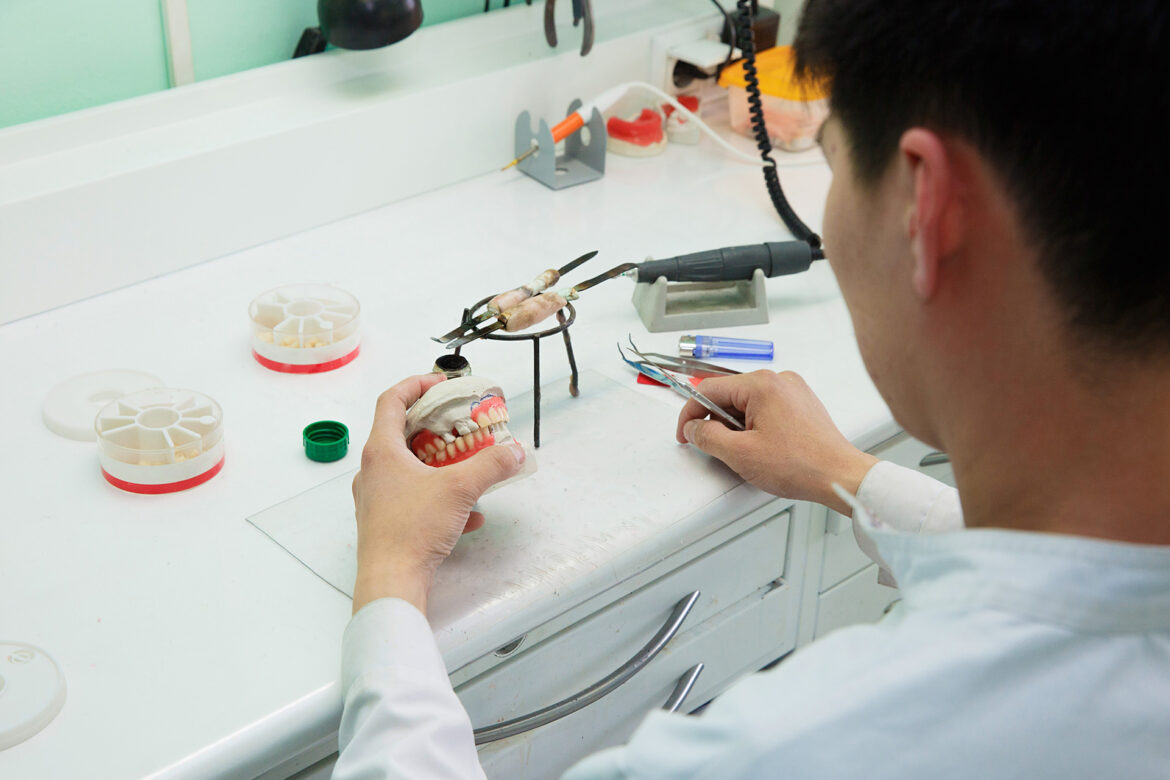Abstract
Introduction
The oral cavity hosts diverse microorganisms affected by factors like pH, temperature, and oxygen levels, influencing disease potential. Dentists manage oral diseases and improve aesthetics using durable restorations. Understanding periodontal response to crowns and fixed partial dentures (FPDs) is essential for effective treatment. This study aims to assess the impact of FPDs on periodontal health by comparing microbial colonies in individuals with and without FPDs. The hypothesis is that there will be no difference in microbial flora and gingival health between the two groups.
Materials and methods
This in vitro study utilized 40 salivary samples divided into two groups: 20 from patients with FPDs/crowns (Group 1) and 20 from patients without (Group 2). Unstimulated saliva was collected, diluted, and cultured on nutrient agar and Sabouraud Dextrose Agar to quantify anaerobic bacteria and Candida colonies. Colony counts were scored from 0 to IV based on colony-forming unit (CFU), and microscopic examination identified the types of microbes present. Data were analyzed using an unpaired t-test with IBM SPSS Statistics for Windows, Version 26 (Released 2019; IBM Corp., Armonk, New York, United States), with significance set at p < 0.05.
Results
The independent t-test analysis showed significantly higher mean CFUs of anaerobic microbes in Group 1 (experimental) compared to Group 2 (control) (p = 0.000). However, mean CFUs of Candida did not significantly differ between groups (p = 0.194). Microscopic examination identified Enterococcus faecalis, Pseudomonas aeruginosa, Candida albicans, Staphylococcus aureus, and Streptococcus mutans in the experimental group, whereas the control group contained only Staphylococcus aureus and Streptococcus mutans.
Conclusion
Individuals with FPDs exhibit higher concentrations of anaerobic microbes and specific bacteria, suggesting an increased risk of gingival inflammation and emphasizing the importance of maintaining good oral hygiene.
Introduction
The oral cavity hosts a wide range of microorganisms due to its complex environment, which includes varying physical and chemical properties. Different areas within the mouth such as the tongue, teeth, gums, and mucous membranes harbor a variety of microbial populations. These populations are influenced by factors such as pH, temperature, redox potential, and oxygen levels, which affect microbial colonization and the potential for disease [1]. Over 250 microbial species, including key pathogens like Actinobacillus actinomycetemcomitans, Tannerella forsythia, Porphyromonas gingivalis, and Streptococcus mutans have been identified. Dentists work to manage oral diseases while improving both the aesthetic and functional aspects of the mouth using durable and biocompatible restorations. It is important to comprehend the response of periodontal tissues to artificial crowns and fixed partial dentures (FPDs) in order to create effective treatment strategies. Evaluating each patient’s needs is crucial for treatment planning, and a thorough analysis of the relevant evidence is vital for achieving reliable and predictable treatment outcomes.
It is well-established that the human oral cavity serves as a dynamic habitat for microorganisms. Evidence indicates that physiological changes in oral microbes occur throughout an individual’s life. Fluctuations in microbial composition are significantly influenced by environmental factors. Additionally, the gradual decline in immune function with aging may impact the composition of oral microflora . Clinical studies have shown that the oral microbiome evolves with age and have explored how indirect restorations impact periodontal tissues. Research indicates that localized gingival inflammation can be caused by issues such as inadequate marginal adaptation, excessively deep margins, rough surfaces, and excessive contouring. This inflammation frequently arises because these restorations create a favorable environment for harmful microbes to thrive.

